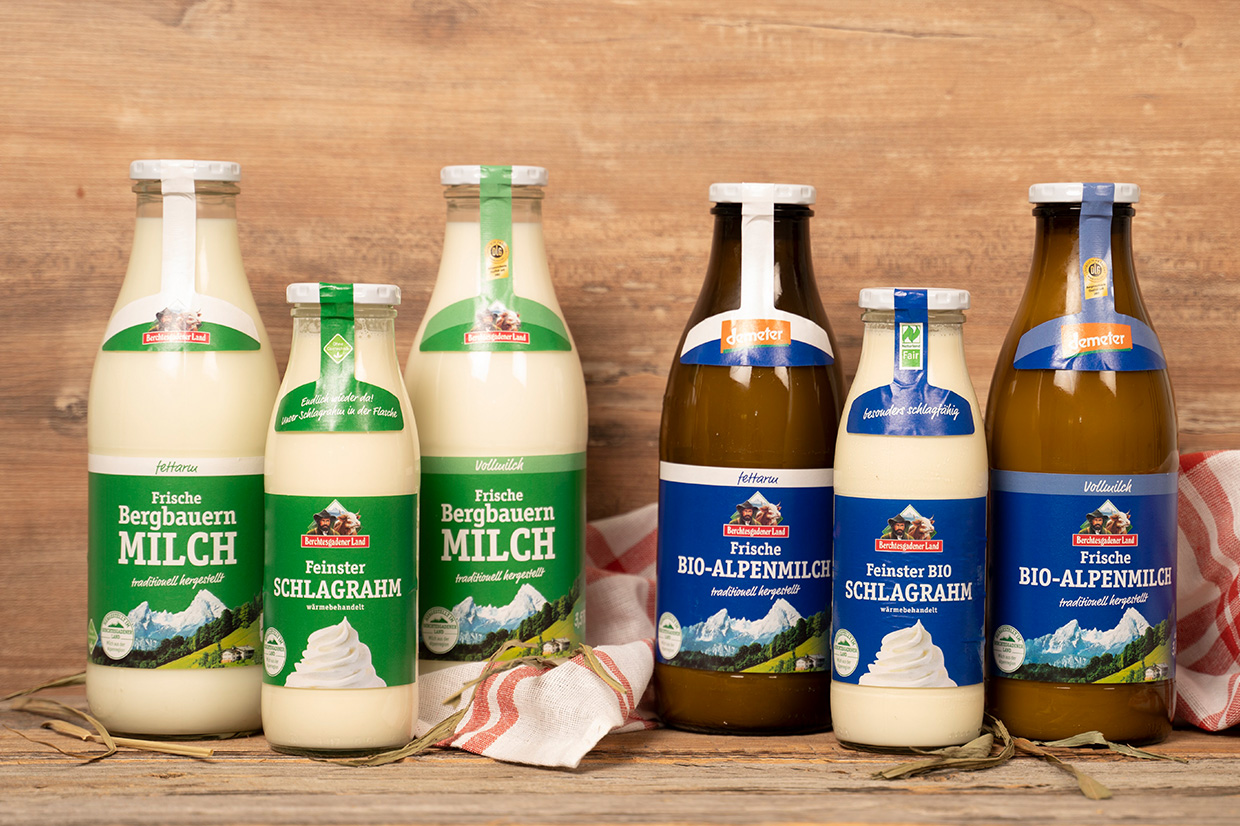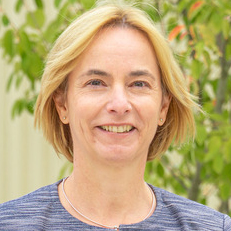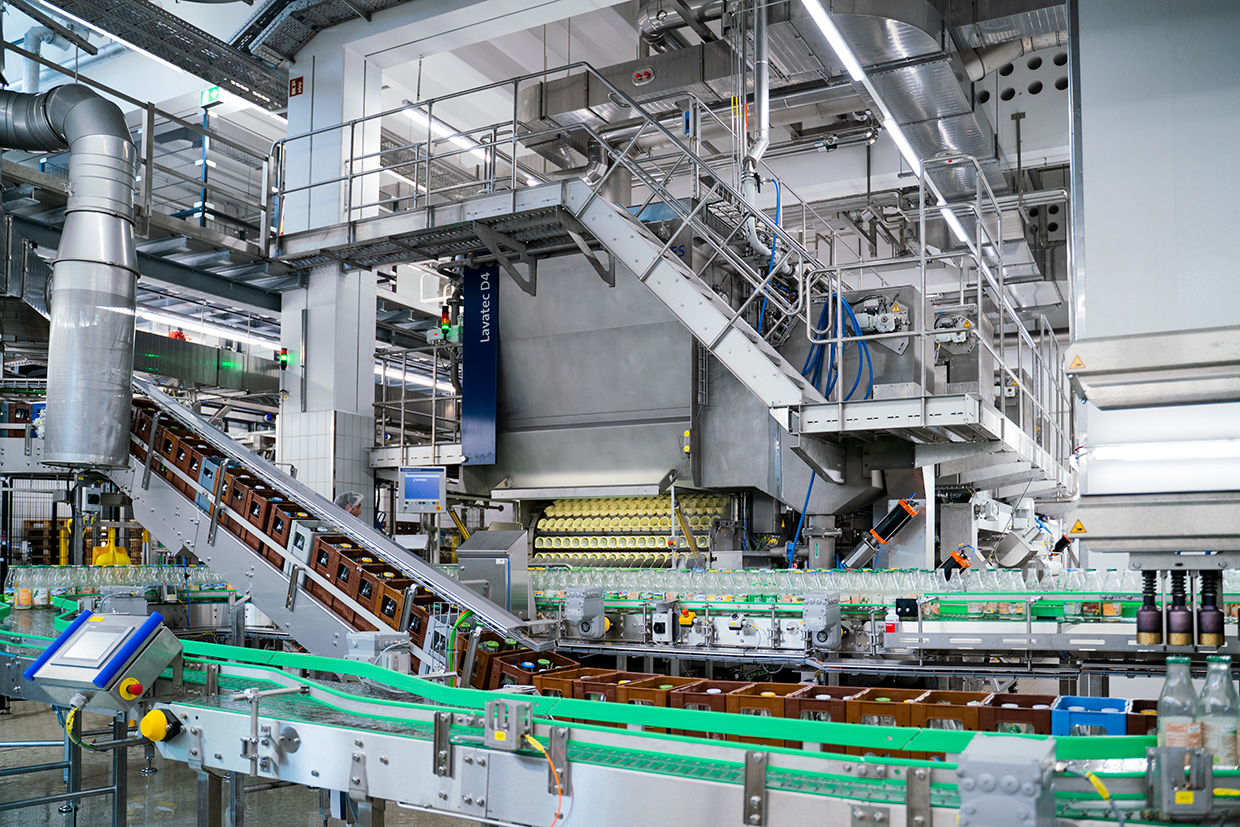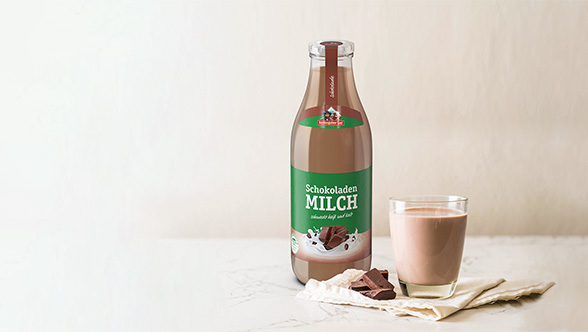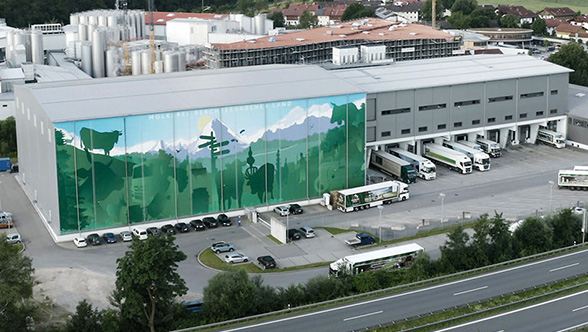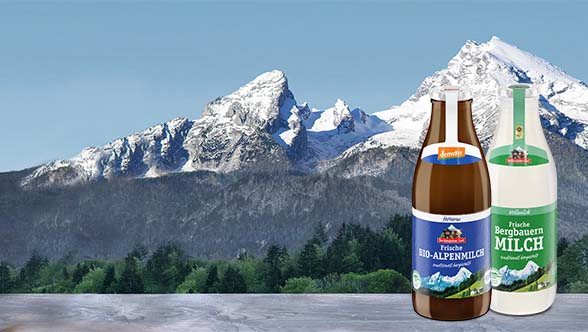“People frequently ask me whether there is the one sustainable packaging, and the answer is quite clearly no. You will always have to consider the overall system with all its facets, looking at a packaging’s entire life cycle,” says Martina Birk, Head of Sustainability at Krones. Beverage producers themselves can’t control all the factors here. Whereas they are able to manage their operations and choose their products and target markets, parameters like a proper infrastructure for taking back and/or recycling containers, legal stipulations or consumer wishes are outside their sphere of influence. So it all depends on the specific situation. Krones offers a consultancy service designed to advise its customers on everything to do with sustainability. The Krones crew also includes specialists who help clients choose the optimal container. This article discusses the most important influencing factors as exemplified by the new returnable-glass line for fresh milk and cream at the Berchtesgadener Land dairy.

